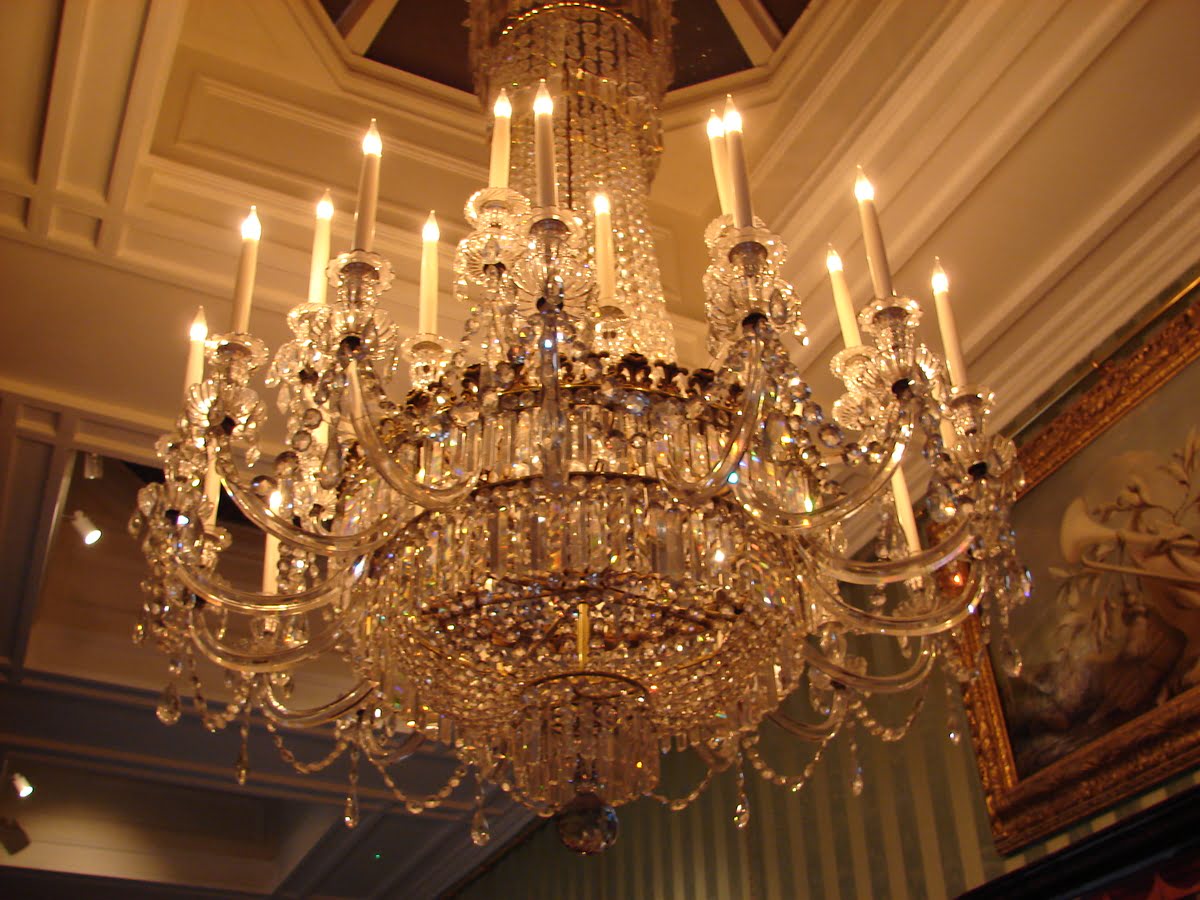

Furniture
What Is A Chandelier
Modified: April 23, 2024
Discover the beauty and elegance of chandeliers with our comprehensive guide. Learn about different styles, materials, and tips for choosing the perfect furniture statement piece.
(Many of the links in this article redirect to a specific reviewed product. Your purchase of these products through affiliate links helps to generate commission for Storables.com, at no extra cost. Learn more)
Introduction
When it comes to lighting fixtures that add elegance and charm to any space, few can rival the beauty and grandeur of a chandelier. Chandeliers have been a symbol of luxury and sophistication for centuries, gracing the halls of opulent palaces, lavish hotels, and stately homes.
In this article, we will delve into the world of chandeliers, exploring everything from their definition and history to the different types, materials used in construction, installation process, and maintenance. We will also take a closer look at popular chandelier styles and designs, as well as the latest trends in chandelier lighting techniques.
Whether you are considering adding a chandelier to your own home, or simply want to appreciate the craftsmanship and artistry behind these magnificent fixtures, join us on this journey to discover the allure of chandeliers.
Key Takeaways:
- Chandeliers are more than just lighting fixtures; they are timeless works of art that have evolved from ancient civilizations to modern innovations, offering a wide range of styles, materials, and lighting techniques to suit any design aesthetic.
- Contemporary trends in chandelier design emphasize minimalistic, nature-inspired, and customizable options, along with the integration of LED technology and eco-friendly materials, showcasing the ever-evolving allure and versatility of these captivating fixtures.
Read more: What Is An Italian Chandelier
Definition of a Chandelier
A chandelier is a decorative lighting fixture that is suspended from the ceiling and typically consists of multiple arms or branches adorned with lights. The arms, often made of metal or crystal, extend outward, supporting a central body or frame. This frame is where the electrical components and additional decorative elements, such as crystal prisms or glass shades, are attached.
Chandeliers are not only functional sources of light but also serve as striking focal points in a room. They are designed to elevate the aesthetic appeal of the space and create a dramatic impact through their intricate designs, sparkling crystals, and graceful silhouettes.
Traditionally, chandeliers were powered by candles, and their purpose was primarily to provide light in large spaces, such as ballrooms and grand halls. However, modern chandeliers are powered by electricity and can be found in a wide range of sizes, styles, and designs, making them suitable for various room sizes and interior aesthetics.
The size of a chandelier can vary greatly, from small, delicate fixtures suitable for intimate spaces to elaborate and oversized chandeliers that command attention in spacious areas. The number of lights on a chandelier can also vary, with some designs featuring only a few lights and others boasting dozens of lights or more.
One of the defining characteristics of a chandelier is its ability to cast a soft and diffused glow throughout the room. This is achieved by strategically placing the lights and using materials that can disperse the light in a pleasing manner. The result is a warm and inviting ambiance that enhances the overall atmosphere of the space.
Now that we have explored the definition of a chandelier, let’s take a journey through its fascinating history to understand how it has evolved over the years.
History of Chandeliers
The history of chandeliers dates back centuries, with their origins rooted in ancient civilizations. The earliest form of chandelier-like lighting can be traced back to ancient Egypt, where palm branches were used to hold candles and provide illumination in temples and tombs.
However, it was during the medieval period that chandeliers truly began to take shape as exquisite lighting fixtures. In the 15th century, with advancements in metalworking, chandeliers started to emerge as ornate symbols of wealth and status. These early chandeliers were crafted from wrought iron and featured intricate designs, often inspired by nature or religious motifs.
The Renaissance and Baroque periods saw a surge in the popularity of chandeliers among the upper classes. As advancements in glassmaking techniques occurred, crystal became a favored material for chandelier construction. Beautifully cut crystal prisms were added to chandeliers, creating a captivating display of light and a luxurious aesthetic.
In the 18th century, during the Rococo period, chandeliers reached the height of their opulence. Intricate designs adorned with cascades of crystal droplets and ornate flourishes became the hallmark of this period’s chandeliers. They were prominently displayed in palaces, stately homes, and grand ballrooms, serving as a symbol of aristocracy and grandeur.
With the beginning of the Industrial Revolution in the 19th century, chandelier production underwent a significant transformation. The introduction of gas lighting and later electric lighting revolutionized the way chandeliers were illuminated. Candles were replaced with gas jets and then with electric bulbs, allowing for brighter and safer illumination.
The Art Nouveau movement in the late 19th and early 20th centuries brought about a shift in chandelier design. Organic forms, inspired by nature, took center stage, and materials such as glass, bronze, and iron were used to create sinuous and flowing designs.
In the mid-20th century, modernism influenced chandelier design, with a focus on clean lines and minimalistic aesthetics. Materials such as glass, chrome, and stainless steel were prominently used, reflecting the contemporary architectural and design trends of the time.
Today, chandeliers continue to evolve, combining traditional craftsmanship with contemporary design concepts. Innovative materials, LED lighting technology, and sustainability concerns have all shaped the modern chandelier landscape. It is a testament to the enduring allure and timeless elegance of these magnificent lighting fixtures.
Now that we have explored the history of chandeliers, let’s move on to discover the different types that exist today.
Types of Chandeliers
Chandeliers come in a variety of styles, shapes, and sizes, allowing you to find the perfect fit for your space and design preferences. Here are some of the most popular types of chandeliers:
- Traditional Chandeliers: As the name suggests, traditional chandeliers have a classic design that is often associated with grandeur and elegance. They feature ornate details, such as crystal glimmers, candle-style lights, and intricate metalwork. These chandeliers are well-suited for traditional or formal spaces, such as dining rooms, foyers, and ballrooms.
- Crystal Chandeliers: Crystal chandeliers exude luxury and timeless beauty. They are adorned with multiple crystals or glass elements that reflect and refract light, creating a dazzling display of brilliance. Crystal chandeliers can range from intricate and elaborate designs to more minimalist and modern styles, making them versatile for various interior aesthetics.
- Modern Chandeliers: With sleek lines, minimalist designs, and contemporary materials, modern chandeliers offer a fresh take on this classic lighting fixture. They often feature elements like metal, glass, and even unconventional materials like plastic or fabric. Modern chandeliers are ideal for creating a chic and sophisticated ambiance in modern or contemporary interiors.
- Rustic Chandeliers: Rustic chandeliers evoke a sense of warmth and coziness with their natural and earthy elements. They are often crafted from wood, wrought iron, or a combination of both. Rustic chandeliers are perfect for adding a touch of rustic charm to farmhouse-style homes, cabins, or country-inspired interiors.
- Transitional Chandeliers: Transitional chandeliers strike a balance between traditional and contemporary designs, making them versatile for a range of interior styles. They feature elements of both classic and modern aesthetics, allowing them to seamlessly blend into various spaces, from traditional to transitional or even eclectic.
- Glam Chandeliers: Glam chandeliers bring a sense of drama and elegance to any space. They often feature luxurious materials like high-shine metals, shimmering crystals, and glamorous ornamentation. These chandeliers are perfect for making a statement in upscale homes, hotels, or formal dining areas.
- Drum Shade Chandeliers: Drum shade chandeliers combine the traditional elegance of a chandelier with the softness and warmth of a fabric shade. The drum-shaped shade encloses the lights, creating a diffused and gentle glow. These chandeliers work well in dining rooms, bedrooms, or living spaces that call for a touch of sophistication.
- Candle-style Chandeliers: Inspired by the classic design of chandeliers from centuries ago, candle-style chandeliers mimic the look of candles by featuring faux candle sleeves instead of traditional light bulbs. These chandeliers evoke a sense of nostalgia and can add a touch of vintage charm to various interiors.
This is just a glimpse into the wide range of chandelier styles available. From traditional elegance to modern minimalism, there is a chandelier type to suit every taste and design vision.
Next, let’s explore the materials commonly used in the construction of chandeliers.
Materials Used in Chandelier Construction
Chandeliers are crafted using a variety of materials, each contributing to the overall aesthetic and durability of the fixture. Here are some common materials used in chandelier construction:
- Metal: One of the most popular materials for chandelier frames is metal, such as brass, bronze, wrought iron, or stainless steel. Metal frames offer strength and stability, providing a sturdy foundation for the other components of the chandelier.
- Crystal: Crystal is often used in chandelier construction for its ability to refract and reflect light, resulting in a stunning display. Quality crystals, such as lead crystal or Swarovski crystal, are highly prized for their exceptional clarity and brilliance.
- Glass: Glass elements, such as glass shades or glass droplets, are commonly incorporated in chandelier designs. Glass can be clear, frosted, colored, or textured, adding visual interest and creating a beautiful play of light.
- Plastic or Acrylic: In more budget-friendly chandeliers, plastic or acrylic may be used as a substitute for crystal or glass. These materials can still provide a similar aesthetic but at a lower cost and reduced weight.
- Wood: Wooden accents or frames can add a touch of warmth and natural beauty to chandeliers. Wood is often used in rustic or farmhouse-style chandeliers, adding a cozy and inviting charm to the overall design.
- Fabric: Fabric elements, such as lampshades or fabric-covered cords, can soften the look of a chandelier and create a diffused and warm glow. Fabric shades are often used in drum shade chandeliers, adding an extra layer of elegance to the fixture.
- Ceramic: Ceramic is occasionally utilized in chandelier construction, particularly for the creation of decorative elements and accents. Its versatility allows for intricate detailing and unique designs.
- Electrical Components: Essential electrical components, such as sockets, wires, and connectors, are incorporated into chandeliers to ensure the safe and efficient operation of the lights. These components are commonly made from durable, heat-resistant materials to withstand the demands of lighting fixtures.
The combination of these materials, along with skilled craftsmanship, contributes to the overall beauty and quality of a chandelier. By carefully selecting materials, chandelier designers can create stunning fixtures that elevate the aesthetics of any space.
Now that we have explored the materials used in chandelier construction, let’s move on to discussing how chandeliers are installed.
Read more: What Wattage For A Chandelier
How Chandeliers are Installed
Installing a chandelier requires careful planning and attention to detail to ensure its safety and proper functionality. Here is an overview of the steps involved in the installation process:
- Determine the Location: First, decide where you want to install the chandelier. Consider the size of the room, the height of the ceiling, and the overall aesthetic you wish to achieve. Chandeliers are commonly installed in dining rooms, entryways, or living areas, but can also be used in bedrooms or other spaces.
- Measure and Prepare: Before installation, measure the ceiling height, as well as the weight and size of the chandelier. Make sure the electrical box in the ceiling can support the weight of the chandelier. If necessary, reinforce the electrical box or install a new one.
- Turn off Power: Switch off the power to the room where the chandelier will be installed at the circuit breaker or fuse box. Use a voltage tester to ensure that the power is indeed turned off.
- Assemble the Chandelier: Follow the manufacturer’s instructions to assemble the chandelier. This may include attaching arms, connecting crystals or shades, and installing light bulbs.
- Install a Support Brace: If your ceiling does not have a suitable electrical box or lacks sufficient support, you may need to install a support brace between the ceiling joists. This brace will provide a secure attachment point for the chandelier.
- Mount the Bracket: Install the mounting bracket to the electrical box in the ceiling, following the manufacturer’s instructions. This bracket will hold the weight of the chandelier.
- Connect the Wiring: Carefully connect the chandelier’s wiring to the electrical box’s wiring. Typically, the wires will be color-coded (black to black, white to white, and green or copper to ground). Use wire connectors to secure the connections, and tuck the wires neatly into the electrical box.
- Hang the Chandelier: With the help of another person, lift the chandelier and hang it onto the mounting bracket. Ensure that it is securely attached and level. Use a screwdriver or other tools as necessary to tighten any screws or fittings.
- Restore Power and Test: Once the chandelier is securely installed, restore the power at the circuit breaker or fuse box. Test the chandelier to ensure that all lights are functioning properly and that it provides the desired illumination.
- Adjust and Finish: Make any necessary adjustments to the height or positioning of the chandelier. Install any additional decorative elements, such as crystals or shades, if required. Finally, clean the chandelier by gently wiping it down with a soft cloth and glass cleaner, if applicable.
It is important to note that chandelier installation can be complex and potentially dangerous. If you are unsure or uncomfortable with the process, it is recommended to hire a professional electrician or chandelier installer to ensure the installation is done safely and correctly.
Now that we have covered the installation process, let’s move on to discussing the maintenance and care of chandeliers.
When choosing a chandelier, consider the size and height of the room, the style of the space, and the amount of light needed. A chandelier should complement the room’s decor and provide adequate illumination.
Maintenance and Care of Chandeliers
Maintaining and caring for your chandelier is essential to preserve its beauty, functionality, and longevity. Regular cleaning and basic maintenance will help keep your chandelier looking its best. Here are some tips to keep in mind:
- Turn Off the Power: Always turn off the power to the chandelier before attempting any maintenance or cleaning. This will ensure your safety and avoid any electrical accidents.
- Dust Regularly: Dust and debris can accumulate on the surfaces of your chandelier, diminishing its shine. Use a soft, dry cloth or a feather duster to gently remove dust from the fixture. Be careful when reaching higher areas and when handling delicate crystals or glass elements.
- Check for Loose Parts: Over time, vibrations or movements may cause screws or fittings to become loose. Regularly inspect your chandelier for any loose parts and tighten them if needed. Take care not to overtighten, as it may damage the fixture.
- Clean with Care: For deeper cleaning, use a mild cleaning solution or glass cleaner specifically formulated for chandeliers. Avoid using harsh chemicals or abrasive cleaners, as they can damage the finish or delicate materials. Apply the cleaner to a soft cloth and carefully wipe the surfaces, taking care around any electrical connections. Dry the chandelier thoroughly to prevent water spots.
- Inspect and Replace Bulbs: Regularly check the light bulbs in your chandelier to ensure they are working properly. Replace any burnt-out bulbs promptly, following the manufacturer’s recommendations for the correct wattage and type of bulb.
- Protect the Finish: If your chandelier has a metal or painted finish, consider applying a thin coat of wax or polish to protect the surface from tarnishing or fading. Be sure to use a product that is safe for the specific material of your chandelier.
- Professional Maintenance: Periodically, it may be necessary to have your chandelier professionally serviced. This may involve more extensive cleaning, inspecting and repairing any electrical components, or addressing any other maintenance needs. Consider hiring a professional chandelier cleaner or electrician experienced in chandelier maintenance to ensure thorough and safe service.
Regular maintenance and care will not only keep your chandelier looking its best but also contribute to its overall performance and longevity. With proper care, your chandelier will continue to be the centerpiece of your space for years to come.
Now that we have covered the maintenance and care of chandeliers, let’s delve into the world of popular chandelier styles and designs.
Popular Chandelier Styles and Designs
Chandeliers come in a wide array of styles and designs to suit various interior aesthetics and personal preferences. Here are some popular chandelier styles that have stood the test of time:
- Traditional: Traditional chandeliers exude elegance and timeless beauty. They often feature intricate metalwork, crystal accents, and candle-style lights. Traditional chandeliers are perfect for adding a touch of sophistication and grandeur to formal dining rooms, entryways, or ballrooms.
- Crystal: Crystal chandeliers are a classic choice that adds a touch of luxury and sparkle. They are adorned with carefully cut crystals that reflect and refract light, creating a dazzling display. Crystal chandeliers come in a variety of sizes and designs, ranging from opulent and statement-making to more delicate and understated.
- Modern: Modern chandeliers embrace sleek lines and minimalist designs. They often feature clean shapes, geometric patterns, and contemporary materials such as metal, glass, or even unconventional materials like recycled plastics. Modern chandeliers are perfect for creating a chic and sophisticated ambiance in contemporary interiors.
- Industrial: Industrial chandeliers combine rustic and rugged elements with a touch of urban charm. They typically feature exposed bulbs, metal frames, and raw finishes like distressed or aged metals. Industrial chandeliers add a sense of edginess and character to loft apartments, modern industrial spaces, or eclectic interiors.
- Transitional: Transitional chandeliers strike a balance between traditional and contemporary designs. They often blend classic elements with more streamlined profiles. Transitional chandeliers are versatile and can work well in a range of interior styles, adding a touch of sophistication and timelessness.
- Art Deco: Art Deco chandeliers are inspired by the glamorous style of the early 20th century. They feature bold geometric designs, luxurious materials like glass or polished metals, and often incorporate opulent details such as crystal embellishments or colorful accents. Art Deco chandeliers bring a sense of sophistication and vintage charm to any space.
- Coastal: Coastal chandeliers capture the essence of coastal living with their relaxed and breezy designs. They often incorporate natural materials like rattan, driftwood, or shells, evoking a beach-inspired vibe. Coastal chandeliers are perfect for adding a touch of seaside charm to beach houses, coastal retreats, or homes with a coastal-themed aesthetic.
- Glamorous: Glamorous chandeliers make a statement with their over-the-top opulence and luxurious details. They often feature high-shine metals, sparkling crystals, and intricate ornamentation. Glamorous chandeliers are perfect for creating a dramatic focal point in upscale homes, hotels, or glamorous event spaces.
- Mission Style: Mission style chandeliers draw inspiration from the Arts and Crafts movement. They feature sturdy, handcrafted designs with clean lines and geometric shapes. Mission style chandeliers add a sense of rustic charm and warmth to craftsman-style homes and interiors that celebrate natural materials and craftsmanship.
- Contemporary: Contemporary chandeliers embody the latest design trends and offer innovative and artistic interpretations of the classic chandelier shape. They often feature unconventional materials, unique shapes, and experimental lighting techniques. Contemporary chandeliers are perfect for adding a touch of artistic flair and contemporary style to modern interiors.
These are just a few examples of the many chandelier styles and designs available. Whether you prefer a traditional, modern, or eclectic aesthetic, there is a chandelier out there to perfectly complement your space and reflect your personal taste.
Next, let’s explore the different techniques used to illuminate chandeliers and create stunning lighting effects.
Chandelier Lighting Techniques
Chandelier lighting techniques are essential for creating the right ambiance and highlighting the beauty of the fixture. By strategically positioning lights and utilizing various lighting effects, chandeliers can transform a space into a captivating and enchanting environment. Here are some popular chandelier lighting techniques:
- Up-Lighting: Up-lighting is a technique where the lights on the chandelier are directed upwards towards the ceiling. This creates a soft and indirect illumination that bounces off the ceiling, evenly spreading light throughout the room. Up-lighting can create a warm and inviting ambiance, perfect for intimate gatherings or relaxing evenings.
- Down-Lighting: Down-lighting involves positioning the lights on the chandelier to shine downward, illuminating the space below. This technique provides focused and targeted lighting, ideal for highlighting specific areas or objects, such as a dining table or a centerpiece. Down-lighting creates a dramatic effect and adds a touch of elegance to the room.
- Multiple Levels: Some chandeliers feature multiple tiers or levels of lights, allowing for different layers of illumination. Each level can be controlled separately, enabling you to adjust the lighting intensity for different occasions or moods. Multiple levels not only provide functional lighting but also add visual interest and depth to the chandelier’s design.
- Dimming Options: Incorporating dimming options into chandeliers allows you to adjust the brightness of the lights to suit a variety of settings and preferences. Dimming can create a more intimate, cozy atmosphere or provide brighter lighting for tasks or activities that require more illumination. Dimmable chandeliers offer versatility and flexibility in lighting control.
- Color Temperature: Chandeliers with adjustable color temperature allow you to switch between warm and cool lighting tones. Warm white light (around 2700K) creates a cozy and inviting atmosphere, while cool white light (around 4000K) provides a brighter and more energetic ambiance. Color temperature control allows you to set the desired mood for different occasions.
- Layered Lighting: Layered lighting involves combining different lighting sources, such as chandeliers, wall sconces, recessed lights, or floor lamps, to create a well-balanced and multidimensional lighting scheme. By layering the lighting, you can create depth and texture in the room, highlighting architectural features and creating different zones of illumination.
- Lighting Control Systems: Some chandeliers can be integrated into lighting control systems, allowing you to adjust and control the lights remotely. With these systems, you can program preset lighting scenes, set timers, or even control the lights using a smartphone or voice commands. Lighting control systems offer convenience and customization options for chandelier lighting.
- Embracing Natural Light: If your space has an abundance of natural light, consider positioning your chandelier near windows or skylights to complement and enhance the natural lighting during the day. This combination of artificial and natural light creates a harmonious and balanced lighting environment.
By employing these lighting techniques, you can showcase the beauty of your chandelier, create the desired ambiance, and transform your space into a visually stunning and inviting atmosphere.
Now, let’s explore contemporary trends in chandelier design that are shaping the industry today.
Read more: What To Do With An Old Chandelier
Contemporary Trends in Chandelier Design
As with any form of design, chandelier aesthetics and trends are constantly evolving to reflect the changing tastes and preferences of homeowners and designers. Here are some current contemporary trends in chandelier design:
- Minimalistic Designs: Minimalism continues to be a popular trend in chandelier design. Clean lines, simple shapes, and understated elegance are key features of minimalistic chandeliers. These designs focus on the beauty of simplicity and often incorporate modern materials such as metal, glass, or even unconventional elements to create sleek and contemporary fixtures.
- Mixed Materials: Combining various materials in chandelier design is an emerging trend. Designers are experimenting with unexpected combinations, such as mixing metal with wood or incorporating elements like fabric or rope. The use of mixed materials adds visual interest and creates unique and eye-catching chandelier designs.
- Geometric Shapes: Chandeliers with geometric shapes are gaining popularity in contemporary design. Angular or irregularly shaped chandeliers bring a sense of modernity and artistry to the space. Geometric chandeliers can be minimalistic or bold, and they make a statement in both residential and commercial settings.
- Nature-Inspired Designs: Contemporary chandelier design often takes inspiration from the natural world. Organic shapes, floral motifs, and earthy tones are incorporated to create chandeliers that mimic the beauty of nature. These designs bring a sense of tranquility and connection to the outdoors, blurring the line between indoor and outdoor living spaces.
- Customization and Personalization: There is an increasing demand for customized and personalized chandeliers. Homeowners and interior designers are looking for unique, one-of-a-kind pieces that reflect their individual style and personality. Customizable elements, such as adjustable arms, customizable finishes, or the ability to choose various crystal or shade options, allow for personalized chandeliers that perfectly match the vision of the space.
- LED Technology: LED technology has become a game-changer in chandelier design. LED lights are energy-efficient, long-lasting, and offer a wide range of color temperatures. Chandeliers incorporating LED lights come in various shapes and sizes, providing versatility in both form and function. LED lighting also allows for creative lighting effects, such as color-changing options or programmable patterns.
- Eco-Friendly Designs: Sustainability is another trend influencing chandelier design. With a growing focus on environmental responsibility, designers are incorporating eco-friendly materials and manufacturing processes. Chandeliers made from recycled materials, energy-efficient lighting options, and sustainable production practices are becoming more prevalent in the market.
- Statement Pieces: Bold, oversized chandeliers that serve as statement pieces are becoming increasingly popular. These chandeliers act as center stage, demanding attention and creating a focal point in the room. Statement chandeliers can feature unique shapes, vibrant colors, or extravagant crystal arrangements, adding drama and personality to the space.
Contemporary trends in chandelier design showcase a blend of innovation, functionality, and artistic expression. Whether it’s through minimalistic designs, mixed materials, or eco-friendly options, chandeliers continue to push boundaries and elevate the aesthetics of modern interiors.
Now that we have explored the contemporary trends, let’s wrap up our journey through the world of chandeliers.
Conclusion
Chandeliers have captivated our imaginations for centuries, transforming spaces with their beauty, elegance, and enchanting glow. From their origins in ancient civilizations to the modern innovations of today, chandeliers have evolved as both functional light sources and exquisite works of art.
In this article, we delved into the world of chandeliers, exploring their definition, historical significance, popular styles, materials used in construction, installation process, maintenance, lighting techniques, and contemporary design trends. Chandeliers have the power to create breathtaking visual experiences, evoke emotions, and enhance the overall ambiance of any room.
Whether your design aesthetic leans towards traditional opulence, sleek modernism, or eclectic charm, there is a chandelier design out there to suit your taste and complement your space. The choice of materials, lighting techniques, and customization options allows you to craft a chandelier that is uniquely yours.
As technology continues to advance, chandelier design evolves. LED lighting, energy efficiency, sustainability, and customization options have reshaped the landscape of chandelier design, presenting new and exciting possibilities for homeowners and interior designers alike.
Remember, proper care and maintenance are essential to ensuring the longevity and beauty of your chandelier. Regular cleaning, checking for loose parts, and addressing any maintenance needs will help preserve the allure of your chandelier for years to come.
Whether you are dreaming of an exquisite crystal chandelier to grace your dining room or a sleek modern design to adorn your entryway, chandeliers continue to be cherished as timeless symbols of elegance and luxury. They have the remarkable ability to transform any space into a mesmerizing realm of light and beauty.
So, embrace the allure of chandeliers, let them shine their radiance upon your life, and bask in the enchantment they bring to your surroundings.
Frequently Asked Questions about What Is A Chandelier
Was this page helpful?
At Storables.com, we guarantee accurate and reliable information. Our content, validated by Expert Board Contributors, is crafted following stringent Editorial Policies. We're committed to providing you with well-researched, expert-backed insights for all your informational needs.

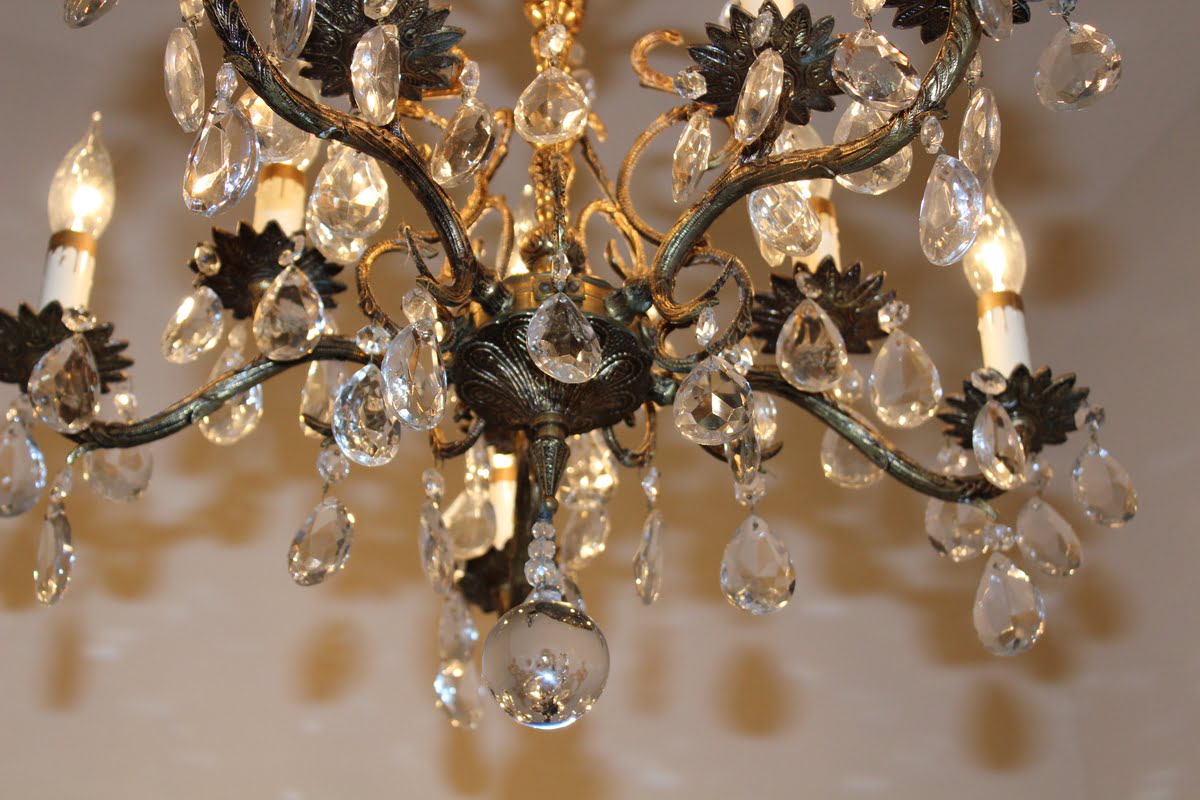
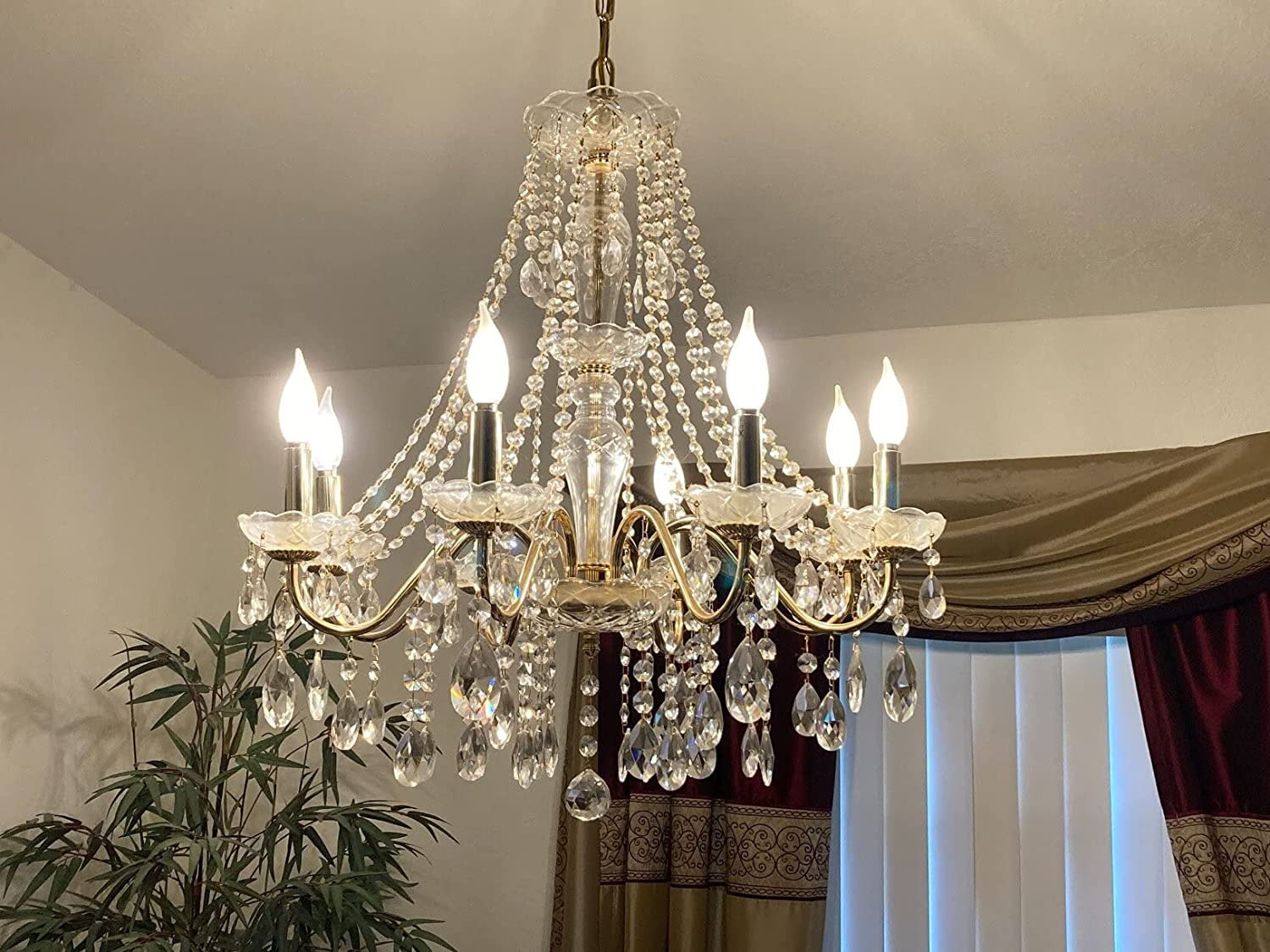
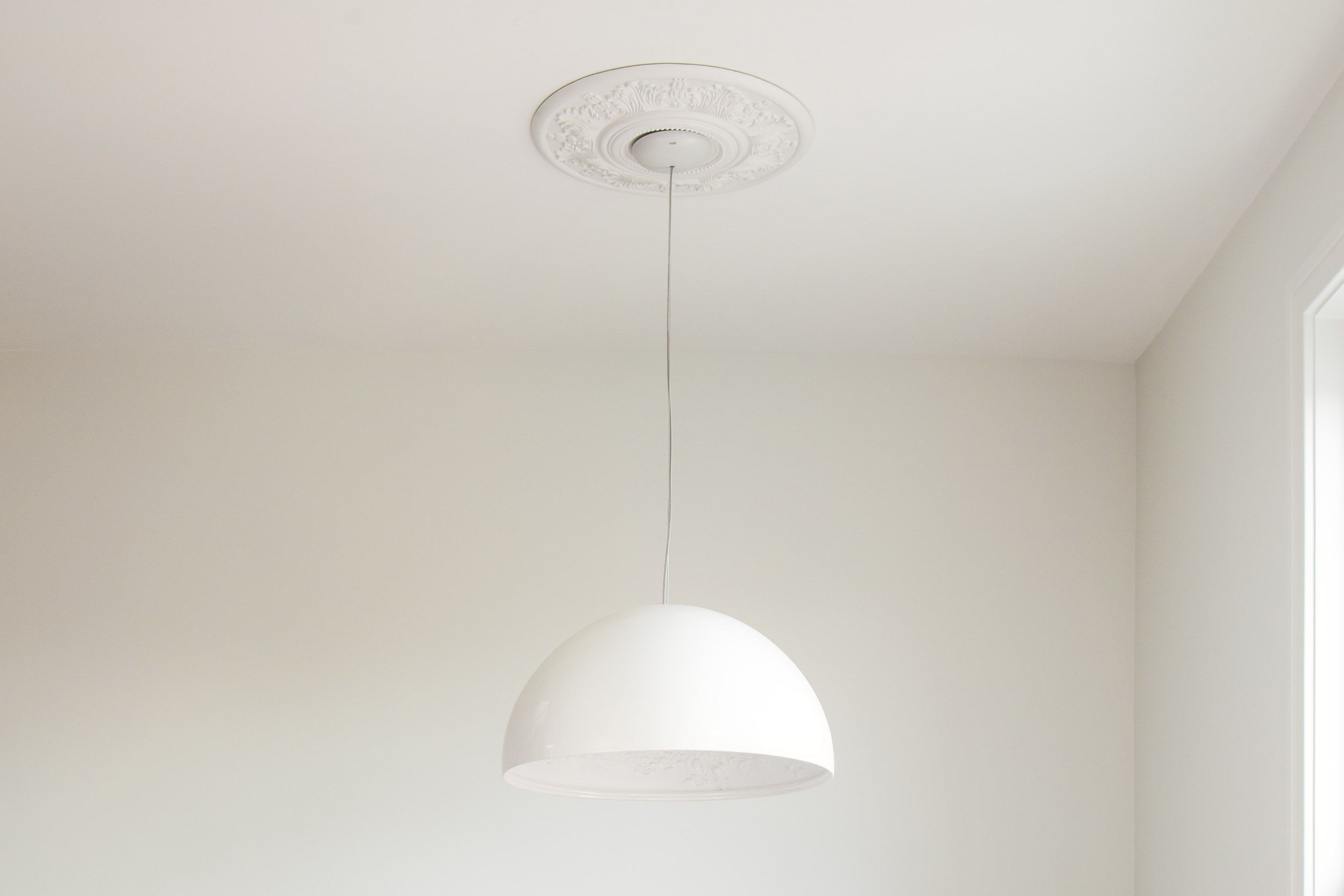
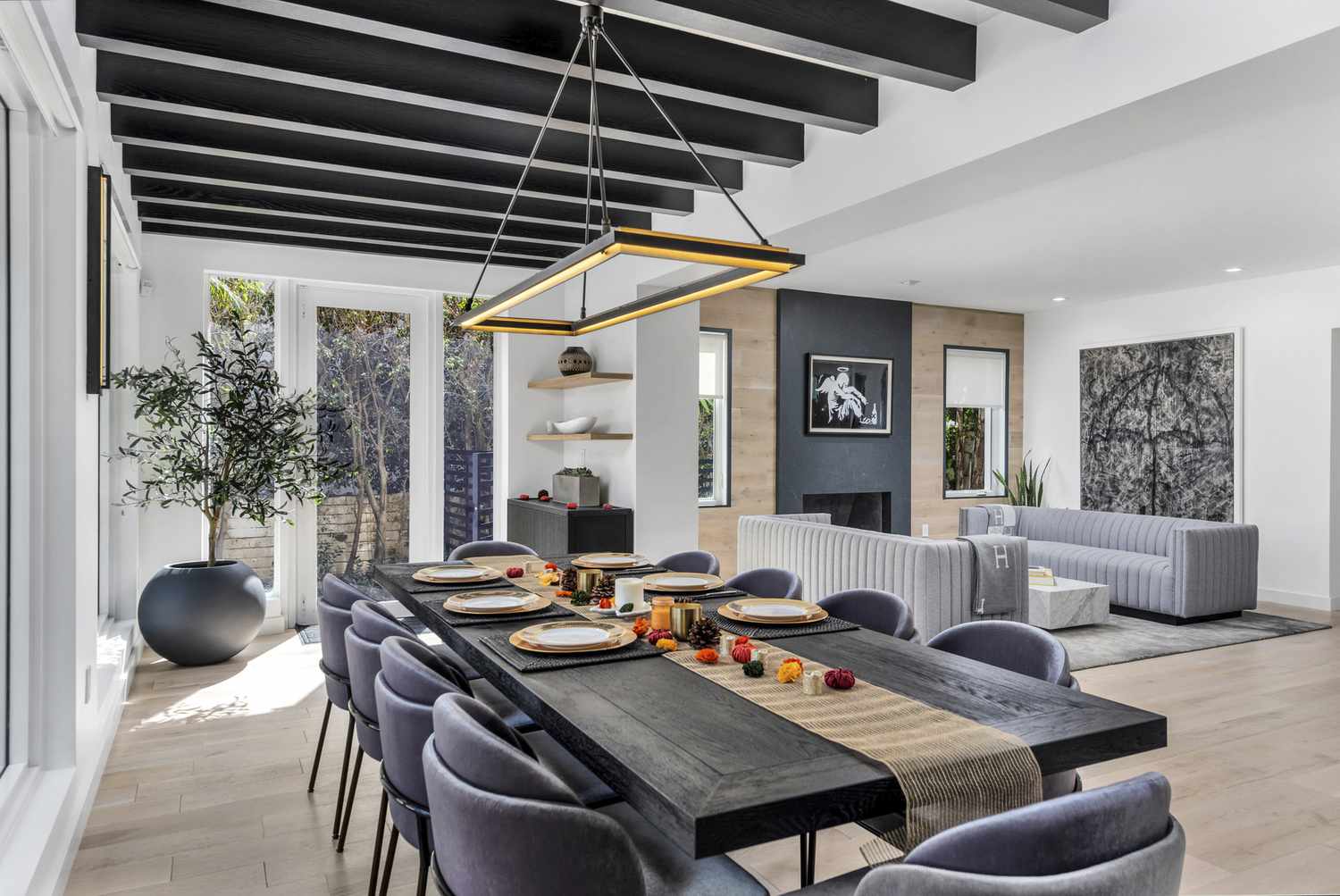
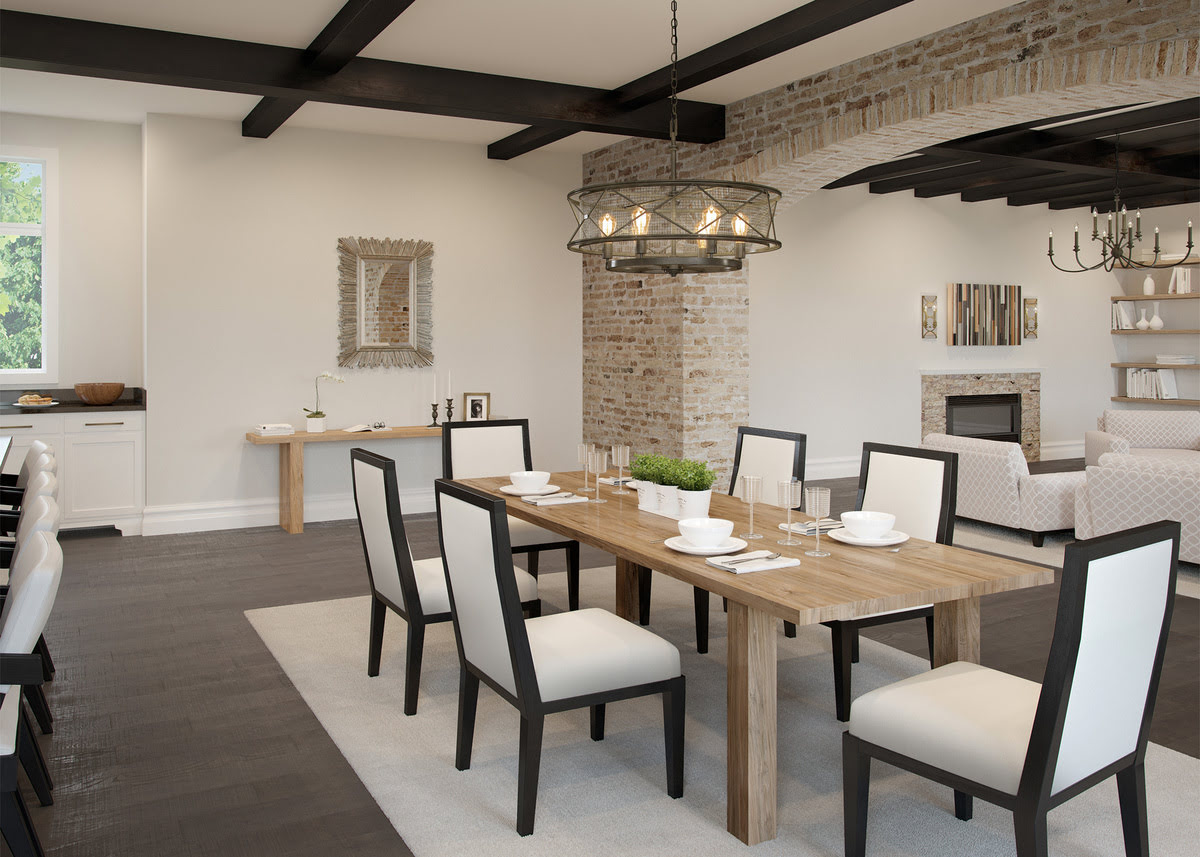
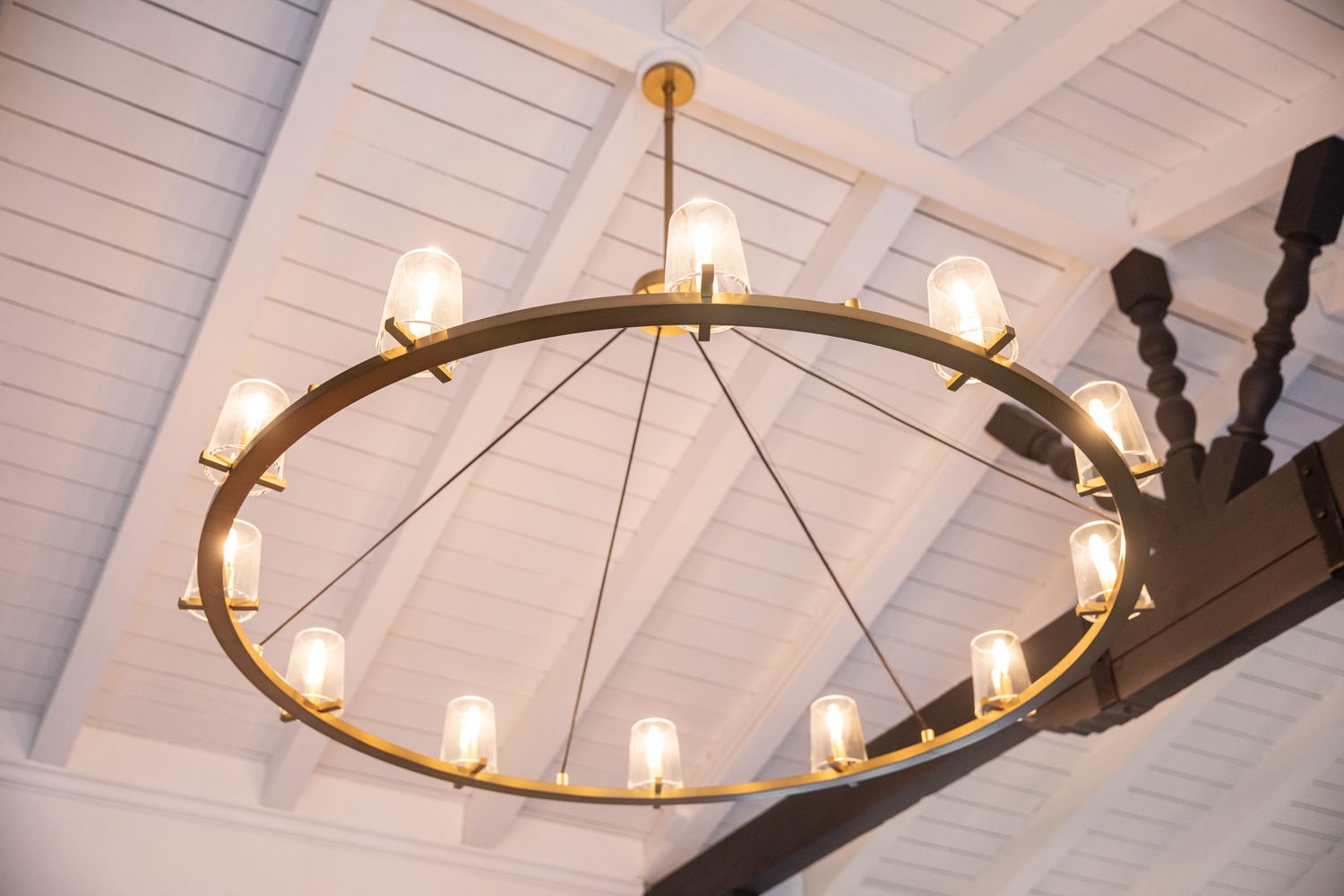
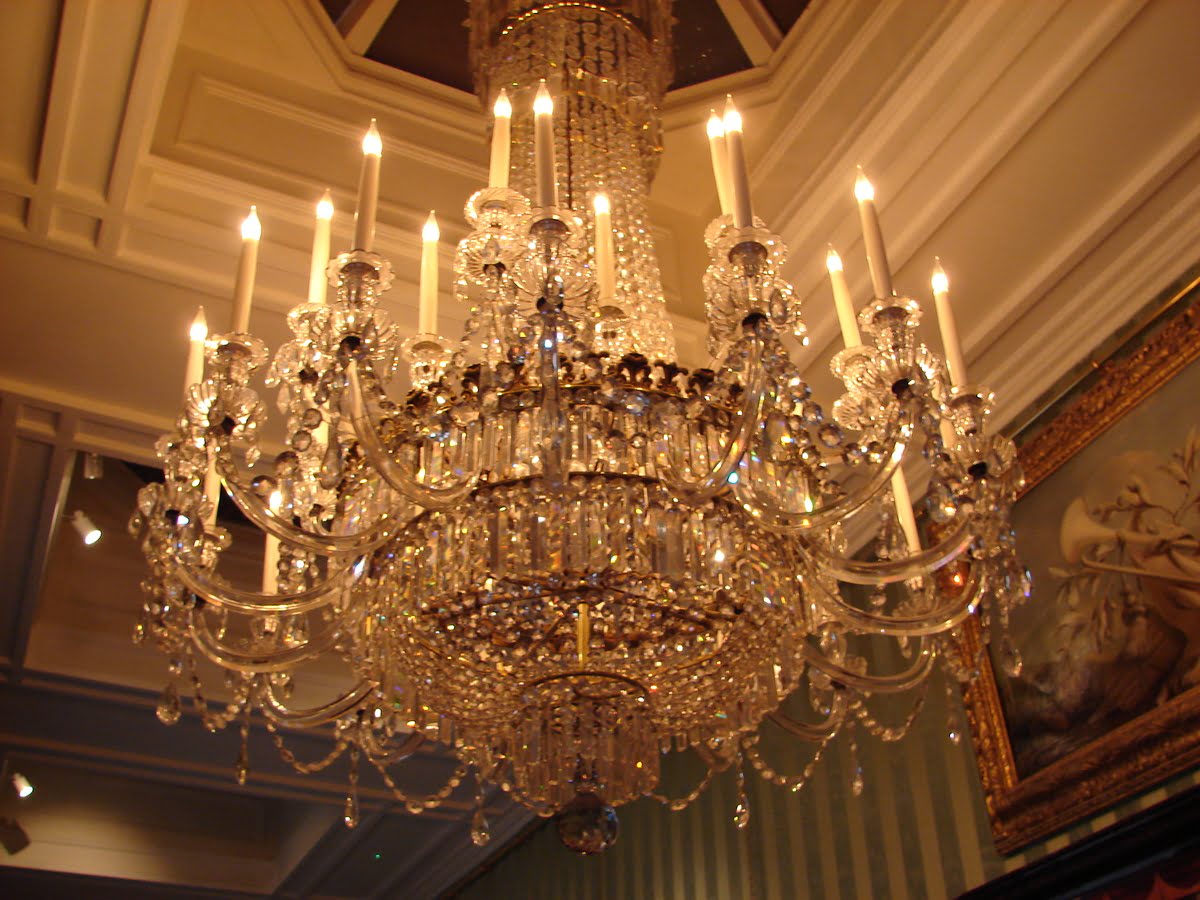
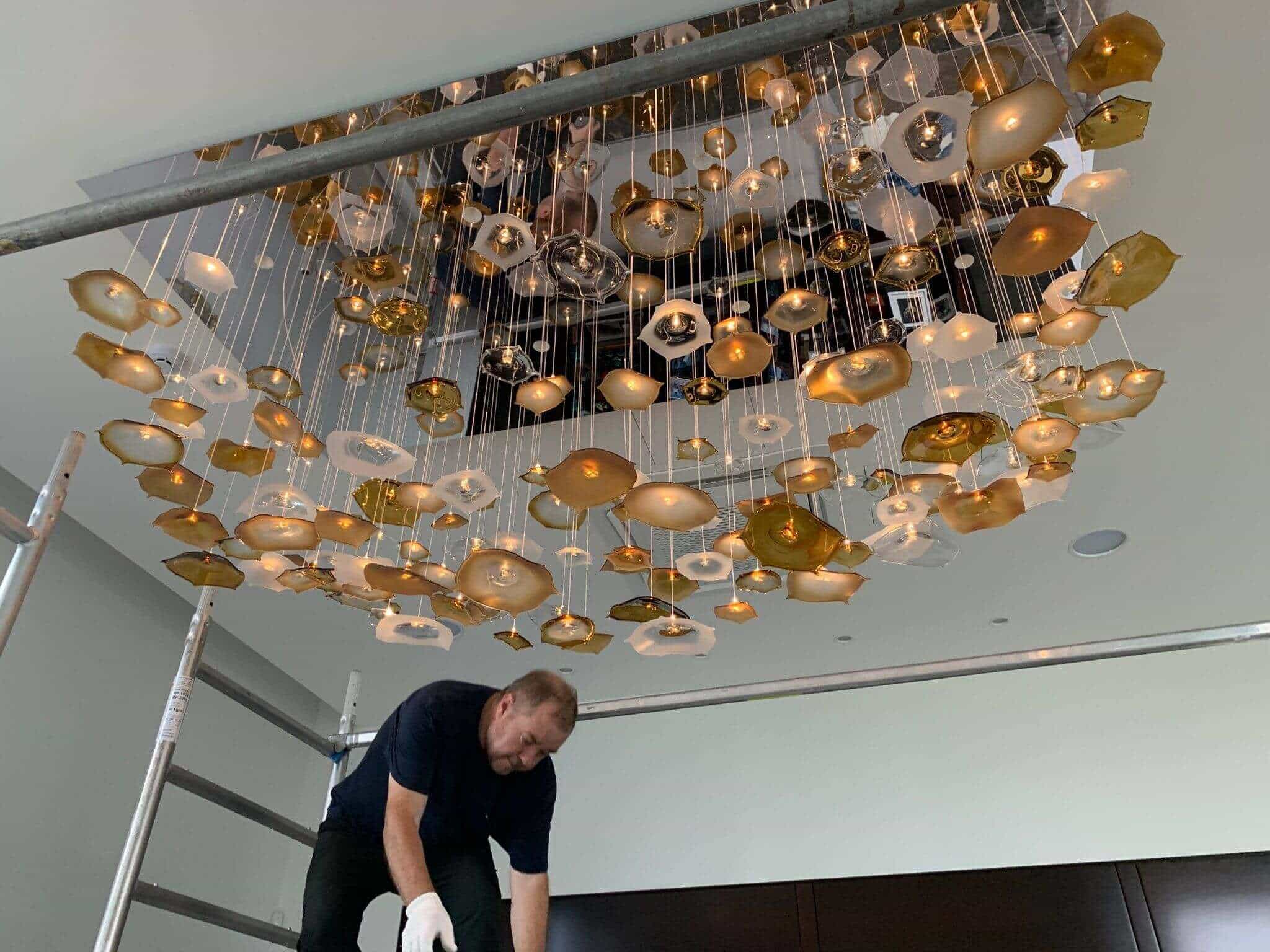
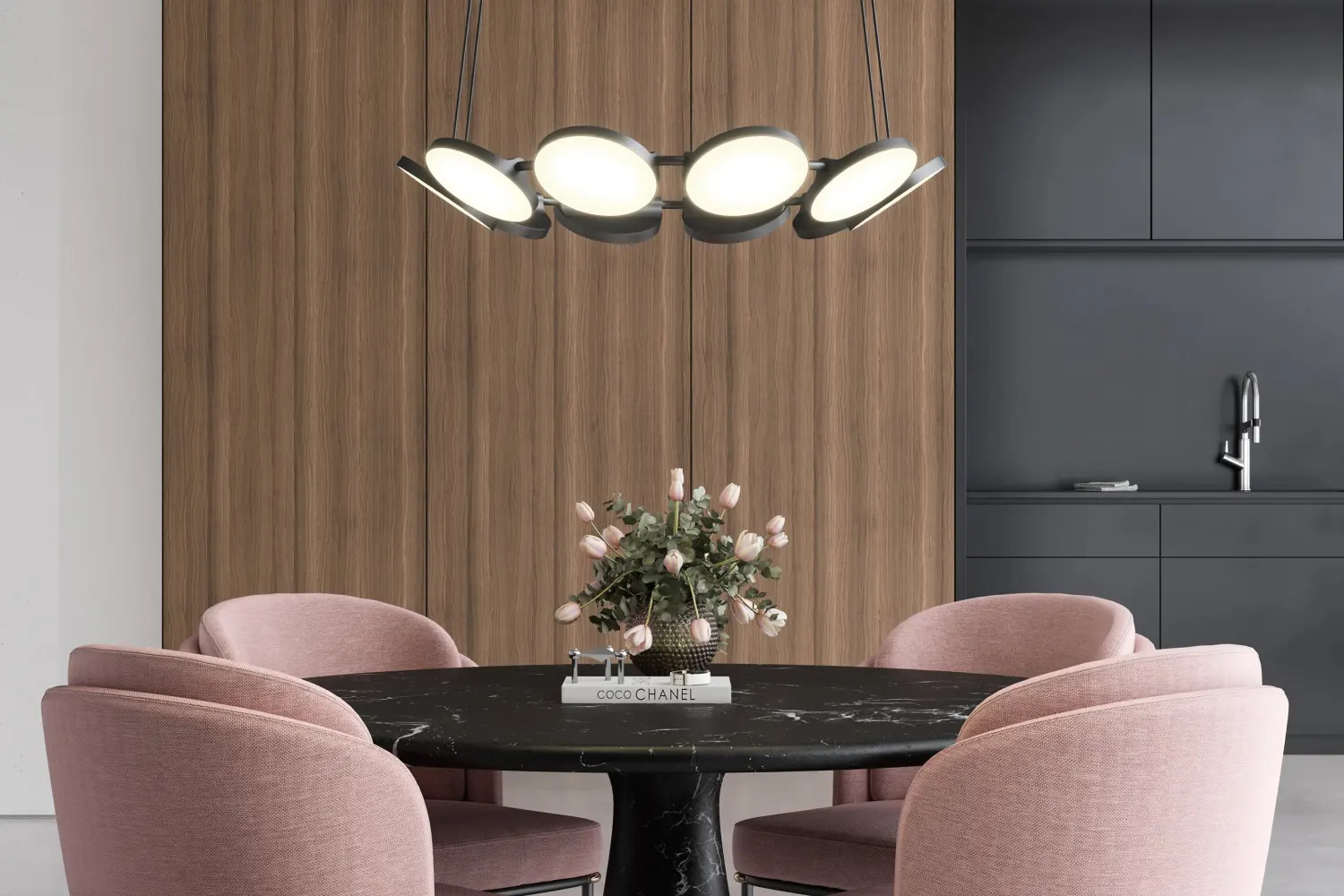
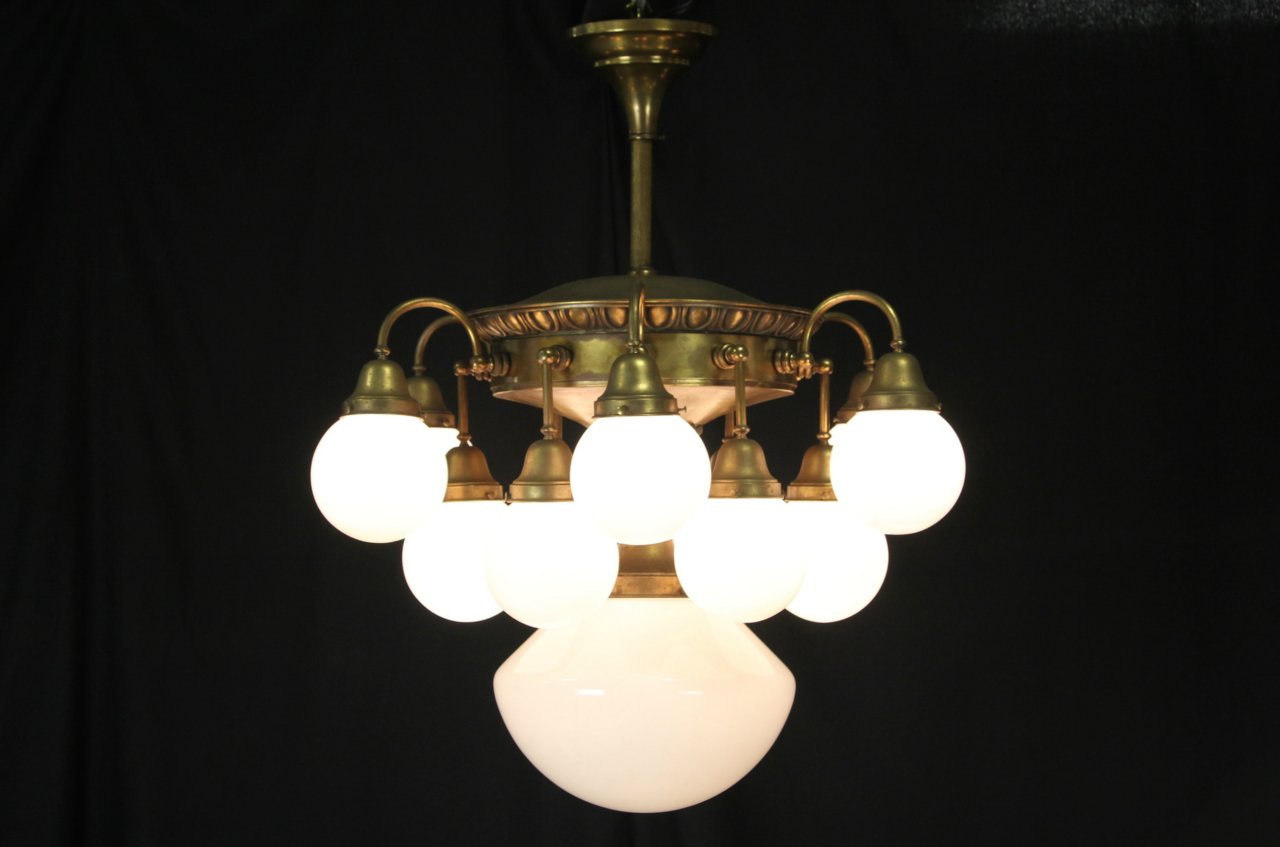
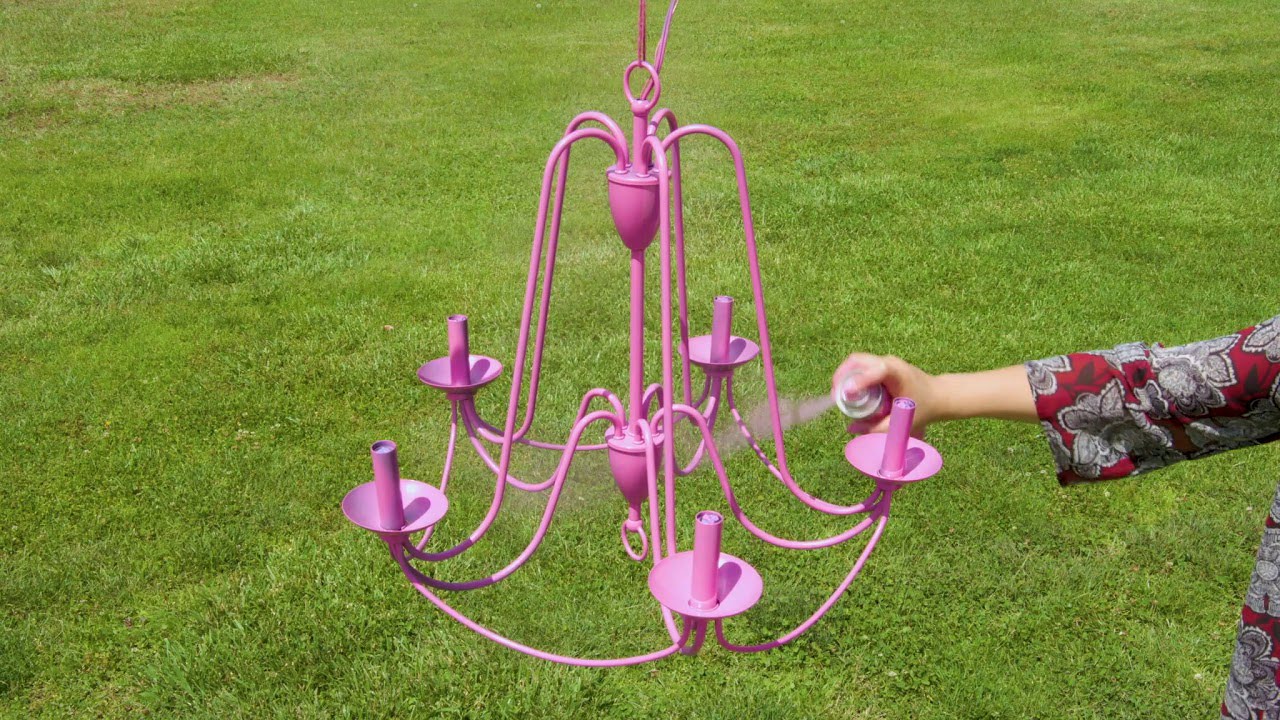
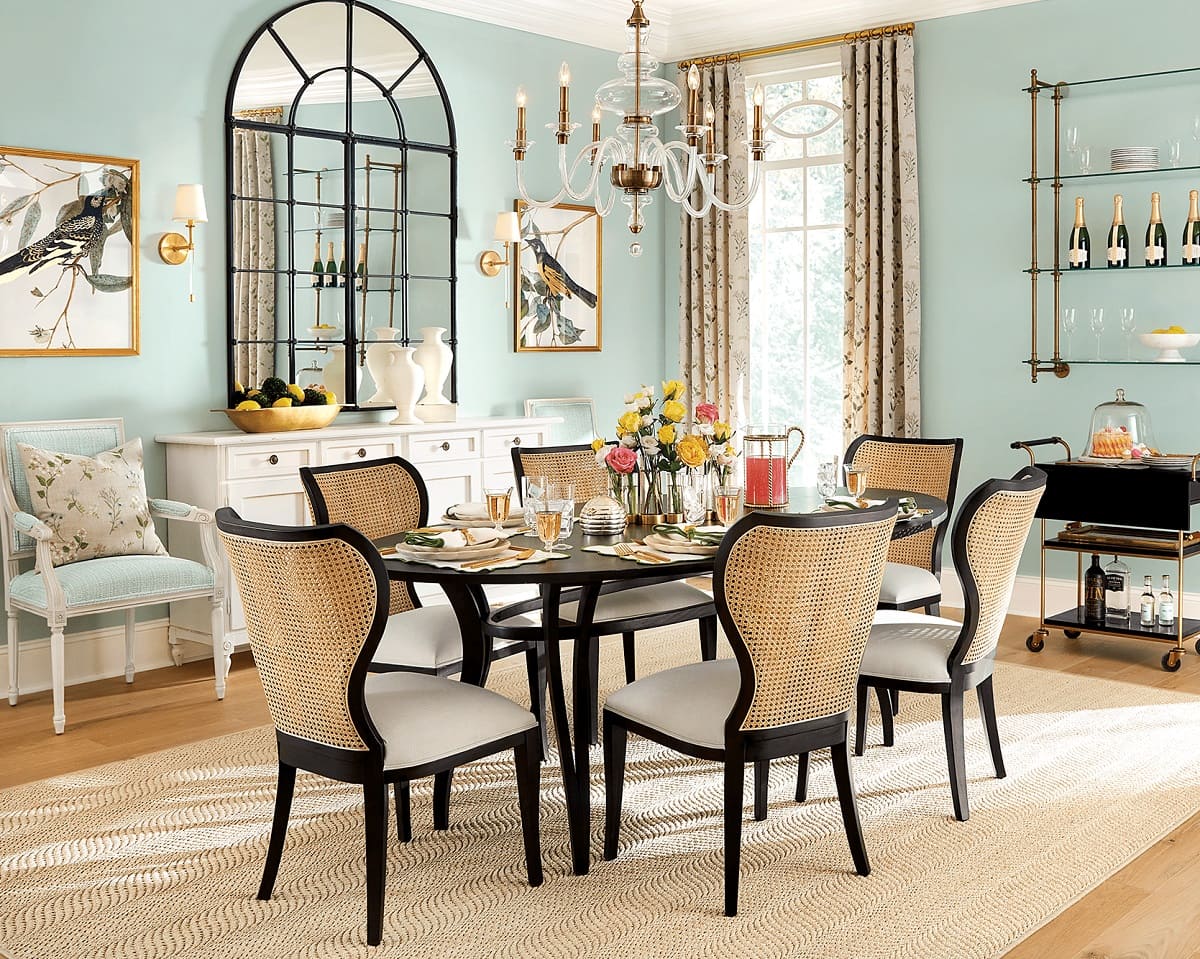

0 thoughts on “What Is A Chandelier”